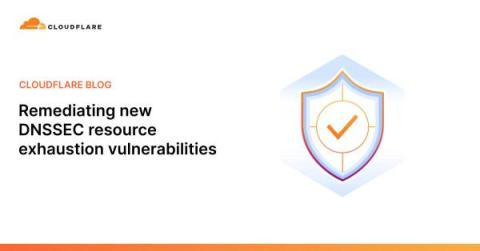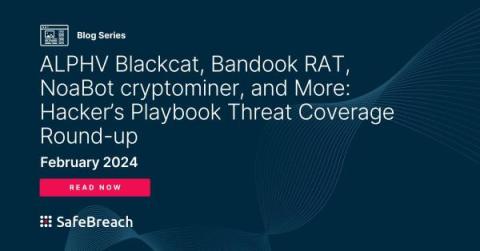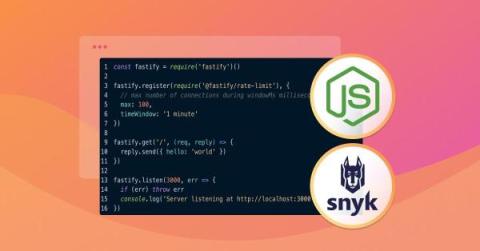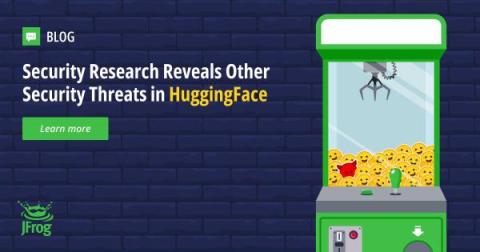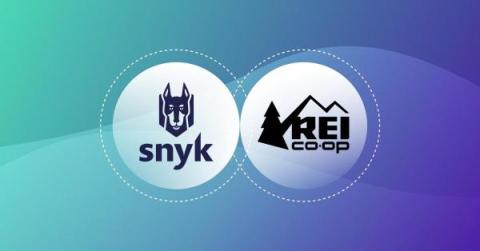When Patch Tuesday becomes Patch Monday - Friday
If you’re an administrator running Ivanti VPN (Connect Secure and Policy Secure) appliances in your network, then the past two months have likely made you wish you weren’t. In a relatively short timeframe bad news kept piling up for Ivanti Connect Secure VPN customers, starting on Jan. 10th, 2024, when critical and high severity vulnerabilities, CVE-2024-21887 and CVE-2023-46805 respectively, were disclosed by Ivanti impacting all supported versions of the product.





